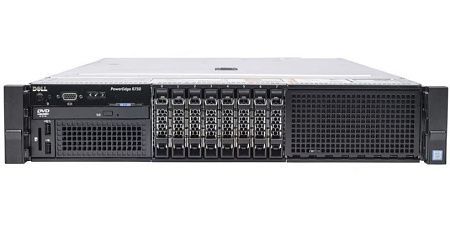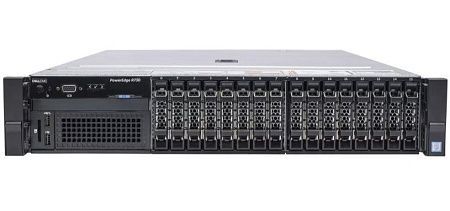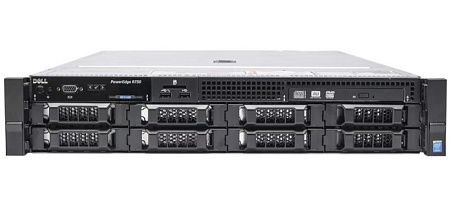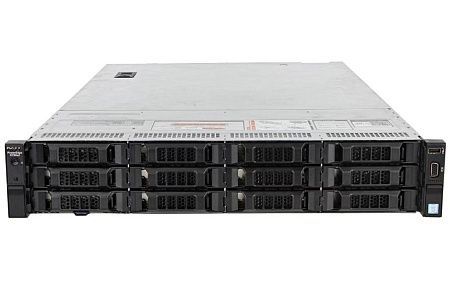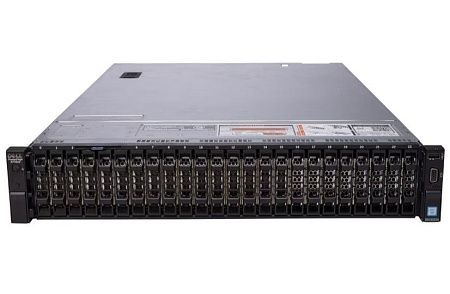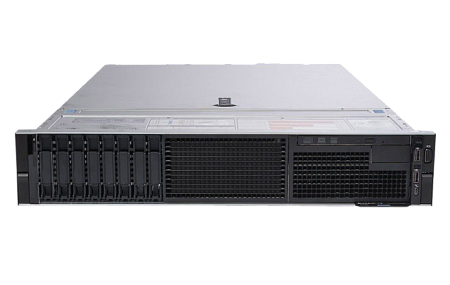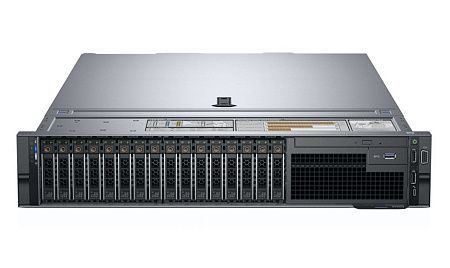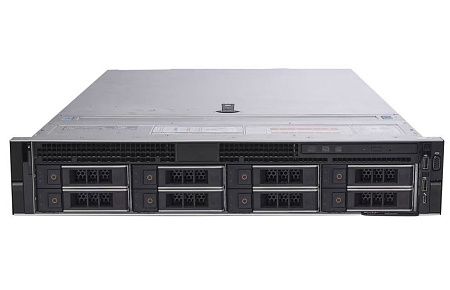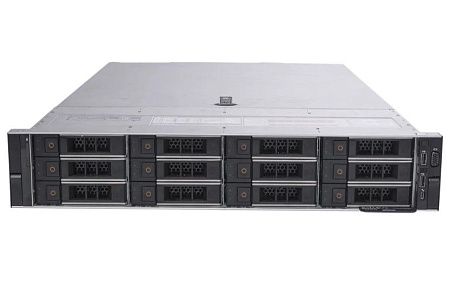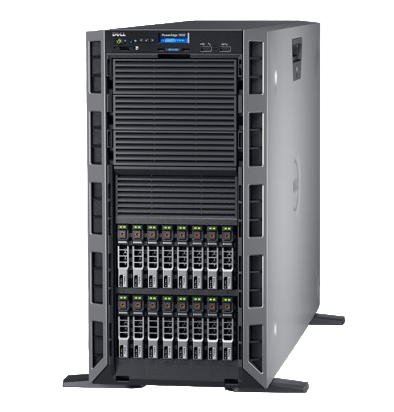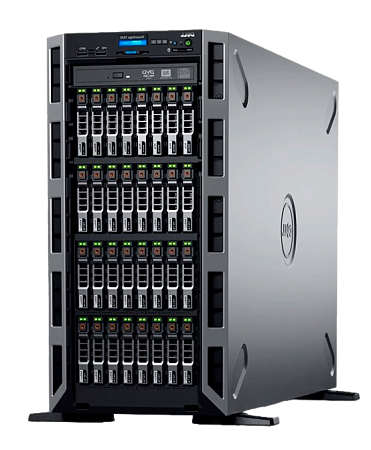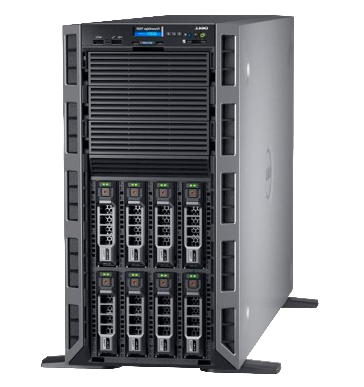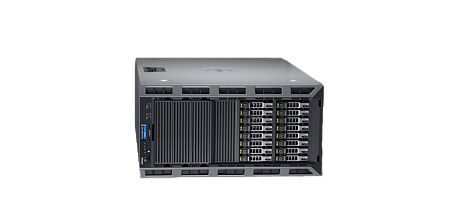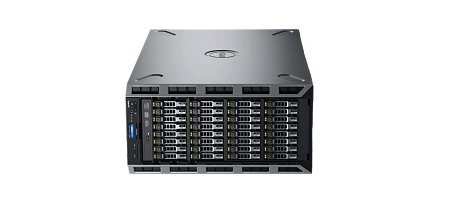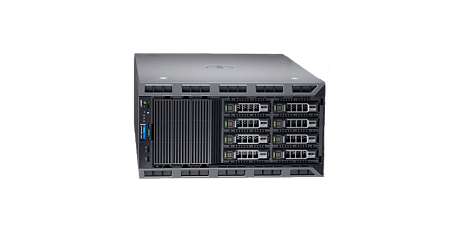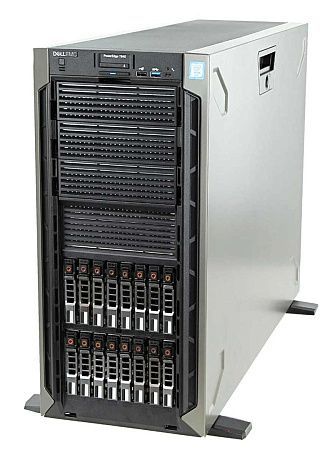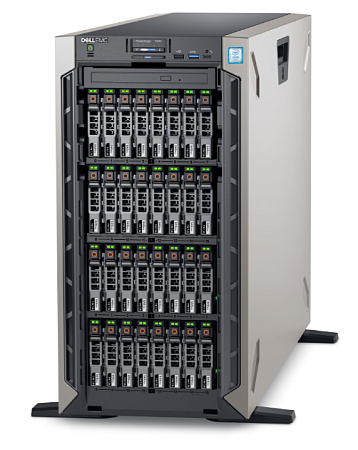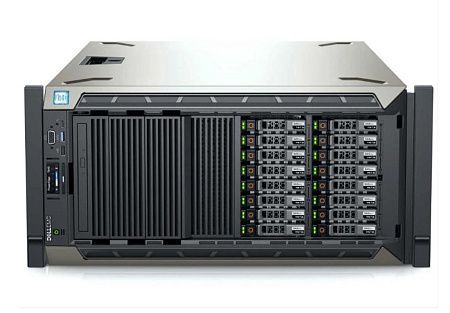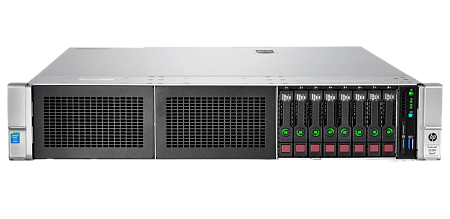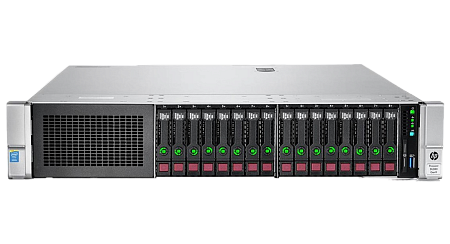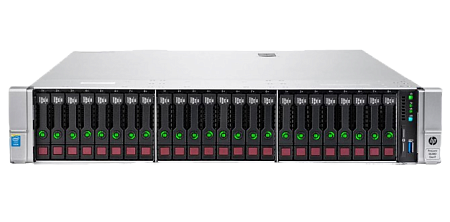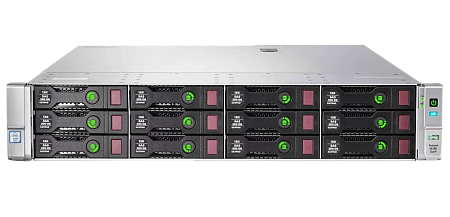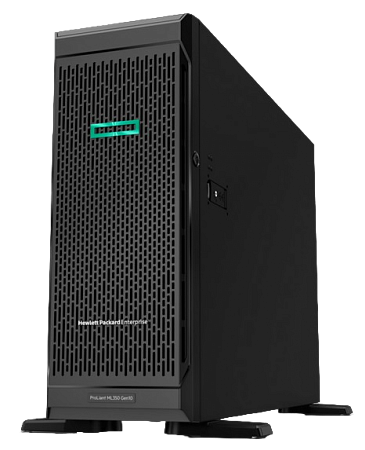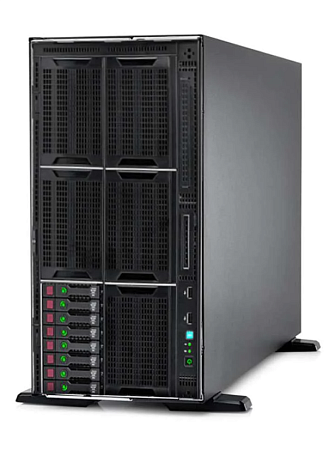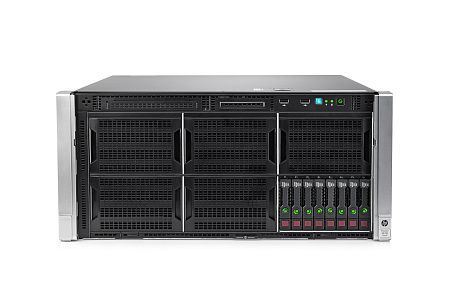The loss an information of the sites or work systems (due to the hacks, equipment failure or employee errors) leads to the loss the results of the company's business reputation and a trust in it with the partners.
Backup (backup of the sites or an important data, content and the system settings) will help reduce a risk of such situations. Backup is carried out on the special backup-servers.
Backup server
Backup server is a type of server hardware with the hardware and software settings allowing to back up, manage, and restore data (or databases) applications and files. Backup servers are either local or remote depending the type of deployment.
Backup makes it possible to restore data its original state at the time of recording. It depends only on the requirements for redundancy depth. Backup needs certain time to restore functionality of the applications or equipment, but it guarantees full access to the saved information. During the performing a backup it is necessary to create the records of several copies at the same time. For example, with two disks, in cases of a force majeure, the copied information replaces the damaged one and the company doesn’t damage it in general.
What threatens to the data on a server
In the IT field, there are several serious threats to data located on the servers. These threats include:
- complete loss of an information due to the impact of human factor or a physical damage to equipment;
- violation a functioning of the communication channels in the information system, making the data inaccessible to users;
- cyberattacks, misconfigurations, or architectural errors with an entire infrastructure to a halt and allowing to the third parties get an access to the sensitive information.
For the reliably protect information systems, it will be necessary to build the security perimeters, or to close the servers from the external influences. To do this, they should be placed not in the open global networks, but in the separate network segments with the mandatory traffic filtering through special gateways.
If the server segmentation isn’t possible, then it will need to establish a communication between them using secure SSL / TLS channels (for example, through the cloud, that usually provides the protection against DDoS attacks and a ready-made firewall).
Backup server requirements
Backup server should has the following specifications:
- high processor performance, allowing to record an information quickly;
- the amount of disk memory sufficient to accommodate and store all copied data with a margin;
- high fault tolerance provided by a use of RAID (this is a better solution in terms of cost, speed and reliability, compared to more expensive SSDs);
- the ability to connect the uninterruptible power supplies with the several units.
The equipment of HPE companies (in particular, HP DL380 Gen8 two-unit servers with a 12-disk basket) and Dell (model R720) are considered the most suitable for deploying the backup servers.
How to choose and deploy a backup server
The backup server should provide a high throughput infrastructure and allow storing the large amounts of data on the hard disks. In this case, the data should be grouped according to the degree of importance and frequency of saving - in order to reduce a load when the copies creating.
To simplify a creation the backups, it necessary to pay attention on the complex solutions don’t requiring an administration and the multi-level system settings.
Backup functions provided by the following applications:
- Bacula. Using the various modules in this program allowing expanding a working functionality, the changing copying scenarios and the connecting of several users to a single storage at the same time, or performing the fine tuning and setting the backup tasks as a separate job;
- backuppc. Available for Windows and Linux, the solution installed on a separate server device or VPS used as a backup server. Packets moved to a single server, settings made using the protocol or SHH;
- Depo storm 1360v2. This entry-level server is energy efficient and has a good performance. It is based on the latest low-power Intel processors that could install eight hard drives and two drives. Recommended for Windows OS;
- Wialon. These systems provide complete database security and design for the simultaneous using of the several servers. At the same time, servers must be equipped with “black boxes”, since the amount of hard disk corresponding to the volume of the disk on the main server is critical for the backup server, and in the event of a failure of the main server, work must be restored as soon as possible;
- backup-exec. A software solution designed for Windows OS allowing create a backup copy of any information, including databases. Information is stored on physical media, as well as in virtual and cloud environments. Integration with the products from other manufacturers is acceptable;
- Qnap is a backup server with a high backup speed and large storage capacity. It can copy to the external drives, to the remote servers and to the cloud, including for third-party providers. Various network protocols used in current work to ensure the compatibility and an access to files from PCs under various operating systems;
- Vtiger is a cloud technology creating backups for a local storage or for the network resources.
Deployment of the backup servers is possible in the local and remote versions. A local solution provides for the placement of a backup server in the local network, a remote one - outside it. For example, in a data center.
Using a remote server has its own characteristics - backup agents (programs for collecting information to be stored) install on each machine that needs backup, or on the selected machines. In the case of agentless backup of the virtual machines or when using a local server, installation of the agents isn’t required.
Deploying a remote media server has the following benefits:
- ensuring a security of IT infrastructure and the ability to restore a system quickly after failures;
- protection the several geographically distributed sites or the information systems easier and more cost-effective on a remote backup server;
- increase a performance of working network by reducing backup time;
- more accessible technology. Using backup server in a data center will be more convenient if the office doesn’t have a necessary IT infrastructure or the network resources.
At the same time, backup servers can be organized as a physical equipment and as the virtual machines simulating an operating system outside IT infrastructure.
Our recommendations
We recommend purchasing server hardware with a sufficient usable capacity and a preliminary calculation of annual data growth. In order not to overpay for new equipment, you can buy reliable HPE and DELL servers of older generations with a guarantee of up to 5 years.
Specialists of our company are ready to help you purchase the server and select the necessary server configuration for any required task.



